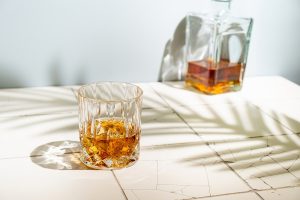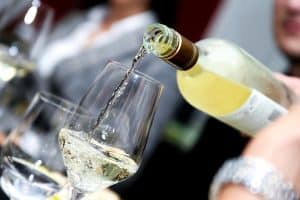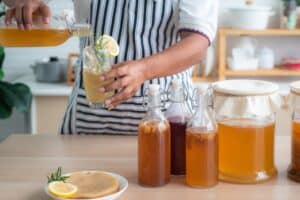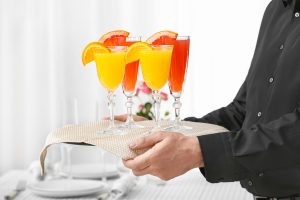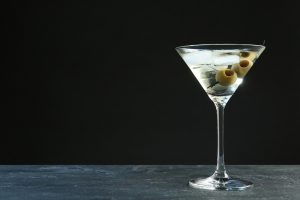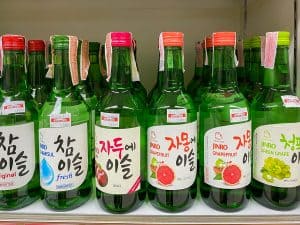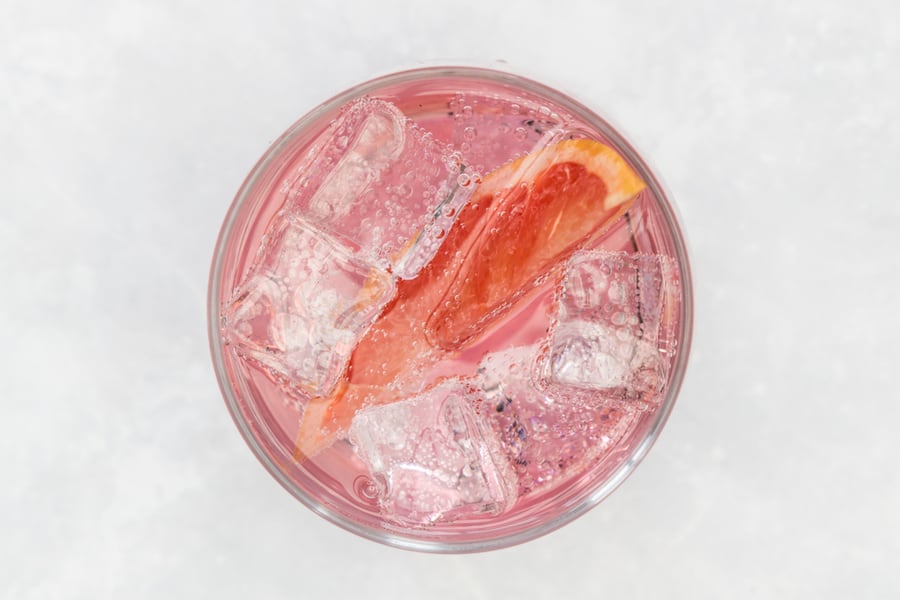
Many herbs, spices, and fruits have been used to heal diseases, and humans have used botanicals to heal diseases. Drinking botanical-infused beverages should not be construed as expert medical advice.
What is a botanical drink?
Simply put, a botanical drink is derived from plants. A botanical ingredient can be anything from a plant—roots, flowers, fruits, seeds, bark, and twigs. It can be alcoholic in nature, like gin, chartreuse, or absinthe. There can also be alternative non-alcoholic drinks derived from botanical sources to replace their alcoholic counterparts in drinks and cocktails.
First, we’ll examine what botanicals are before we consider alcoholic and non-alcoholic botanicals. We’ll also look at how botanicals can be processed to deliver botanical drinks and offer some insight into botanical energy drinks—both ancient and modern.
What Are Botanicals?
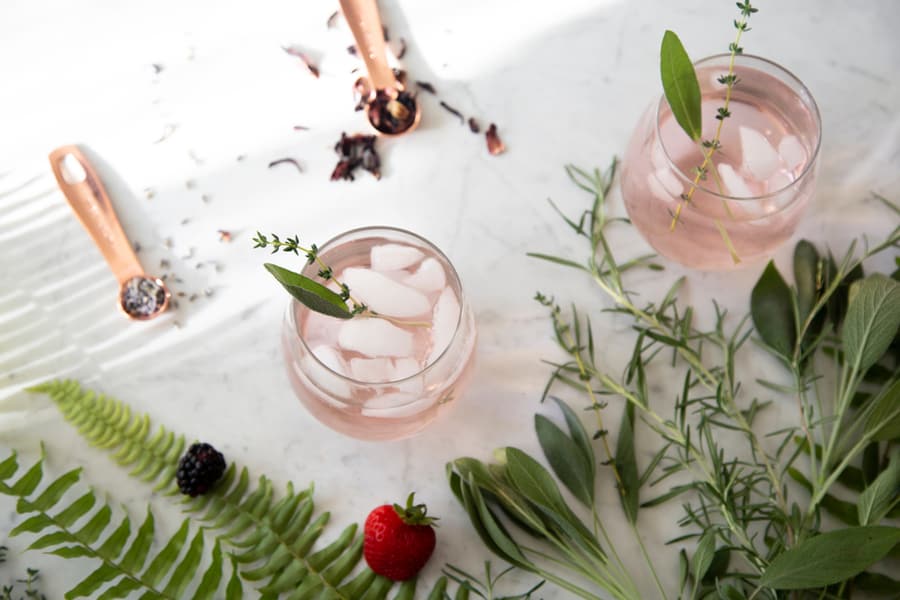
In simple terms, a botanical is a plant-derived ingredient that can be used for healing, cosmetics, distillation, or tea.
A herb is any plant with leaves, flowers, or stems—think of mint, rosemary, basil, and other common herbs. Spices are derived from a plant or tree’s roots, stems, bark, flowers, fruits, or seed.
Cinnamon is a bark, ginger a root, black peppercorns are a fruit/berry, and so forth. Herbs and spices are botanicals used for flavoring, medicine, perfume, or cooking.
Herbs and spices are scientifically classified under botanical studies, sometimes called botany. As a result, botanicals include herbs and spices.
Botanicals vs. Spirits
Botanicals can be divided into two categories: non-alcoholic and alcoholic spirits.
Let’s start with what is considered a spirit or alcoholic botanical.
Alcoholic Botanical Spirits
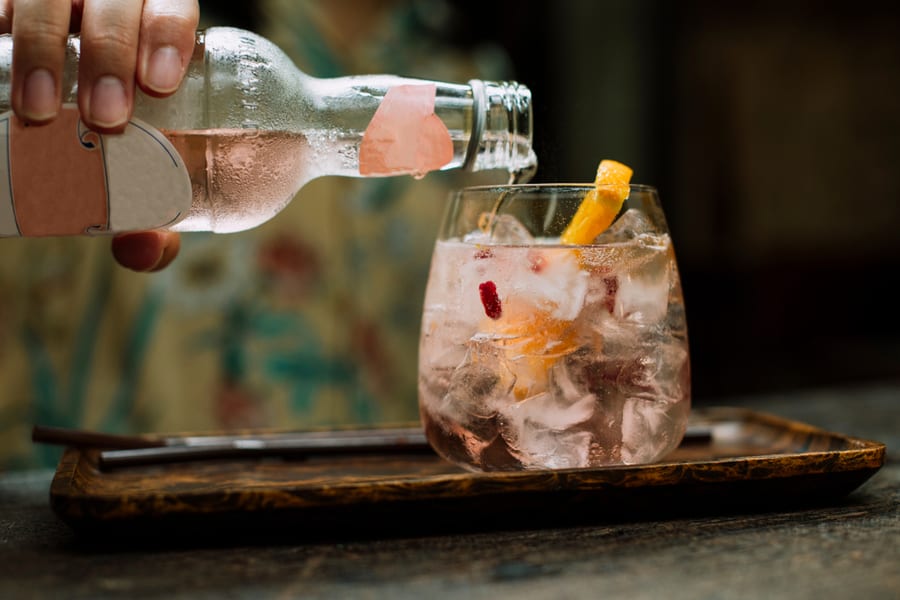
The European Union has put down regulations that constitute what a spirit drink is (and isn’t). Regulation 110/2008, in summary, says the following, a spirit drink must:
- Be made for human consumption
- Have a minimum alcoholic strength of 15% ABV
- Possess certain organoleptic qualities, i.e., stimulating the senses (such as taste, smell, and sight).
Given the information above, the first example that comes to mind when we talk about alcoholic botanicals is gin. It is distilled from juniper berries and other plant materials, which may include grains such as barley, angelica root, and the like.
Another prime example is absinthe and the other green cousin, chartreuse. Liqueurs can also fall into this category.
You can clearly see that alcoholic botanical extracts the flavor and aroma of the botanical element, which will feature in the final product, fermented, and finally distilled to offer an alcoholic drink.
Below are some botanical spirits you can explore.
Botanical Wines
These are made from botanical ingredients, sometimes together with grapes, other times not.
We have the ancient Egyptians to thank for botanical wine when they started adding resins, roots, herbs, and other medicinal plants to their wines.
Botanical Rum
Similar to regular rum but featuring botanical elements such as fresh or dried flowers, herbs, or spices.
Botanical rum differs from spiced rum because it is not an aged rum which is then flavored with baking spices such as vanilla, allspice, cinnamon, or cloves. The base for botanical rum is usually white rum.
Botanical Beer
Before hops were used as a bittering agent in beer, people used roots, herbs, or spices to achieve the same effect. The bittering and flavoring agent was known as “gruit.”
Hops only appeared on the scene around 1,200 years ago, while the history of (botanical) beer dates back about 7,000 years.
Botanical Vodka
Botanical vodka is made from organic non-GMO grains and contains no artificial colorants or flavorings. Instead, all-natural botanical elements and fruit essences give the vodka its unique taste.
If consumed in moderation, the lower calorie count and natural sweeteners make a healthy alternative.
Botanical Gin
Botanical gin is a botanical spirit because it is distilled from botanical ingredients. With gin’s meteoric rise in the world of spirits, more local ingredients are included.
Non-Alcoholic Botanical Drinks
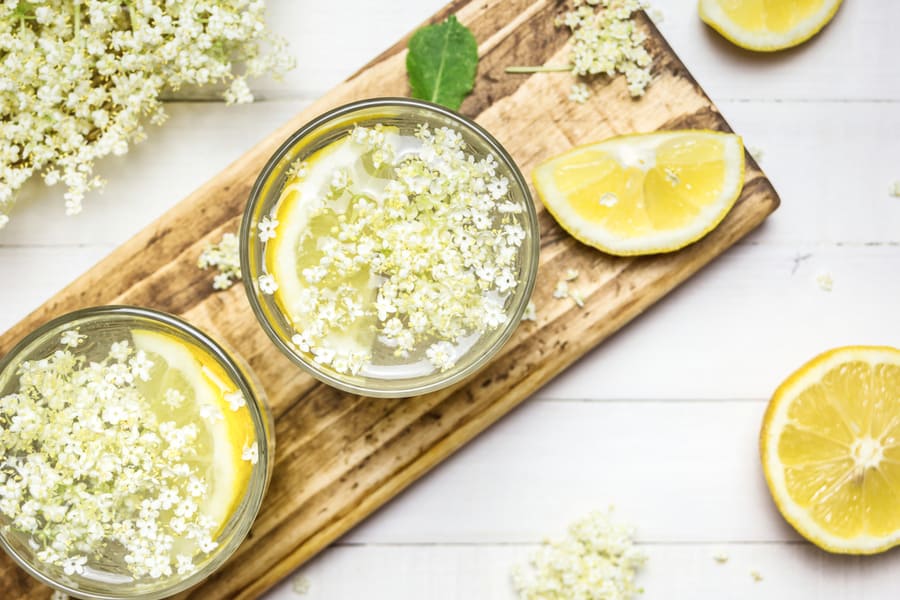
But what about non-alcoholic botanicals?
Worldwide there’s a push to have non-alcoholic options available to younger generations. Health concerns are also playing a role when considering what to drink.
Distillers can use one of four basic methods to extract the flavor, aroma, and essence from botanical ingredients.
- Maceration extracts the flavor from an ingredient by immersing it in cold water.
- Distillation is when you heat a liquid to produce vapor, condensing the resulting steam vapor will create a ‘new’ drink with new properties and a full-bodied taste.
- Producers filter liquids to purify the drink and ‘decloud’ it, i.e., make it look transparent or clean.
- When macerations, distillates, and filtered liquids are blended, producers can produce a distinct aroma, taste, and texture or mouthfeel.
Coffee & Tea
As people become more aware of their environmental impact, they look for botanical alternatives to drink. Think of coffee and tea (including herbal); they are botanicals.
We use boiling water to extract their flavors, thus creating a form of maceration. See, you’ve been using botanicals without realizing it, wink-wink.
Non-Alcoholic Botanical Spirits
For those who still want the taste of their favorite alcoholic beverages and cocktails, botanicals offer a wonderful world of flavor. Almost anything you can think of has a non-alcoholic counterpart.
There’s whiskey, vodka, gin, wine, tequila, and rum. All are made from 100% natural ingredients and are either zero-proof, i.e., no alcohol, or contain very little alcohol (around 0.5%).
This is an excellent option for those who still want the taste of the real thing without the empty calories and hangovers.
Botanical Energy Drinks
Stepping away from non-alcoholic botanicals, we’ll quickly consider plant-based drinks as botanical energy drinks offer you an alternative to those mass-produced, sugar-laden ones.
Plant-based or botanical energy drinks contain ingredients and caffeine derived from natural sources, such as green tea.
They deliver a longer-lasting energy boost, mental clarity, and increased focus throughout the day—without the harmful effects of added sugar and causing blood sugar spikes.
Posca
The ancient Romans already had a reviving drink called posca which was made with water, vinegar, sometimes honey, and other spices. Knowing how much the Romans loved wine, they certainly also had vinegar to put to good use.
If you’d like to try making your own vinegar, here’s a recipe, and later on, you could mix up some posca!
Juices & Infused Water
You are also likely to find other botanical drinks at the supermarket these days—think about fruit juices and bottled water infused with botanical extracts.
Botanical drinks are available if you’re willing to look for them and do your research before heading out to the shops.
Conclusion
Perhaps we like botanical ingredients because they bring us closer to nature again. Or maybe we recognize, like our ancestors, the healing power of plants.
Be that as it may, botanicals—alcoholic and non-alcoholic—are with us for the long run and every botanical drink we consume tells us a story of the place it comes from.

